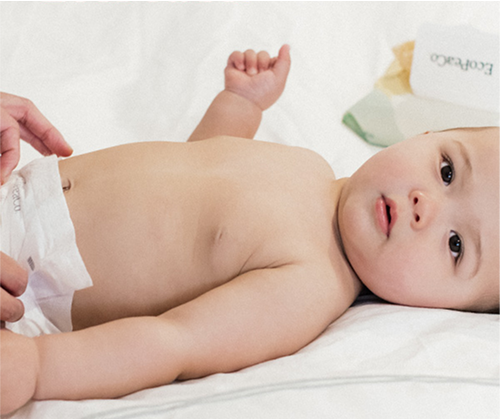Many parents we’ve gotten to know through The Pod community wouldn’t want to use ingredients they wouldn’t put on their skin on their babies. For some, phenoxyethanol is on that list.
A common preservative in cosmetic products, phenoxyethanol can help extend the shelf life of products by limiting bacteria growth. But should you avoid it? We’re here to tell you.
Is Phenoxyethanol In All Baby Wipes?
Many conventional brands include phenoxyethanol in baby wipes to help them last longer. Baby wipes have plenty of moisture in their packaging, so they can quickly grow mold.
Ensure you read the ingredients before using any wipe on your little one. If you’re trying to avoid using phenoxyethanol on your baby’s skin, you can rest assured knowing that our baby wipes are free from it.
However, there are studies that show phenoxyethanol is perfectly fine for infants and adults up to one percent. In other words, it may not be an issue for some skin types, but for some babies with sensitive skin, it can be irritating. Everyone is different!

Side Effects of Phenoxyethanol
Skin exposure to phenoxyethanol is known to cause allergic reactions such as eczema, hives, and anaphylaxis. Phenoxyethanol can also depress the central nervous system, causing vomiting and diarrhea in breastfeeding infants.
The following ingredients of concern can also cause skin irritation, but side effects vary:
- Bronopol
- DMDM hydantoin
- Parabens
- Polyethylene glycols
- Phthalates
- Propylene glycol
- Triclosan
- Alcohol
- Sodium lauryl sulfate
Key Takeaways
If you’d rather go without phenoxyethanol in your baby’s products, ensure you scan ingredient labels before using new wipes.
Consider using a baby wipe soaked in a mostly water formula for extra sensitive skin. Our bamboo wipes are made with a liquid formula of 99% water and no added fragrance.


